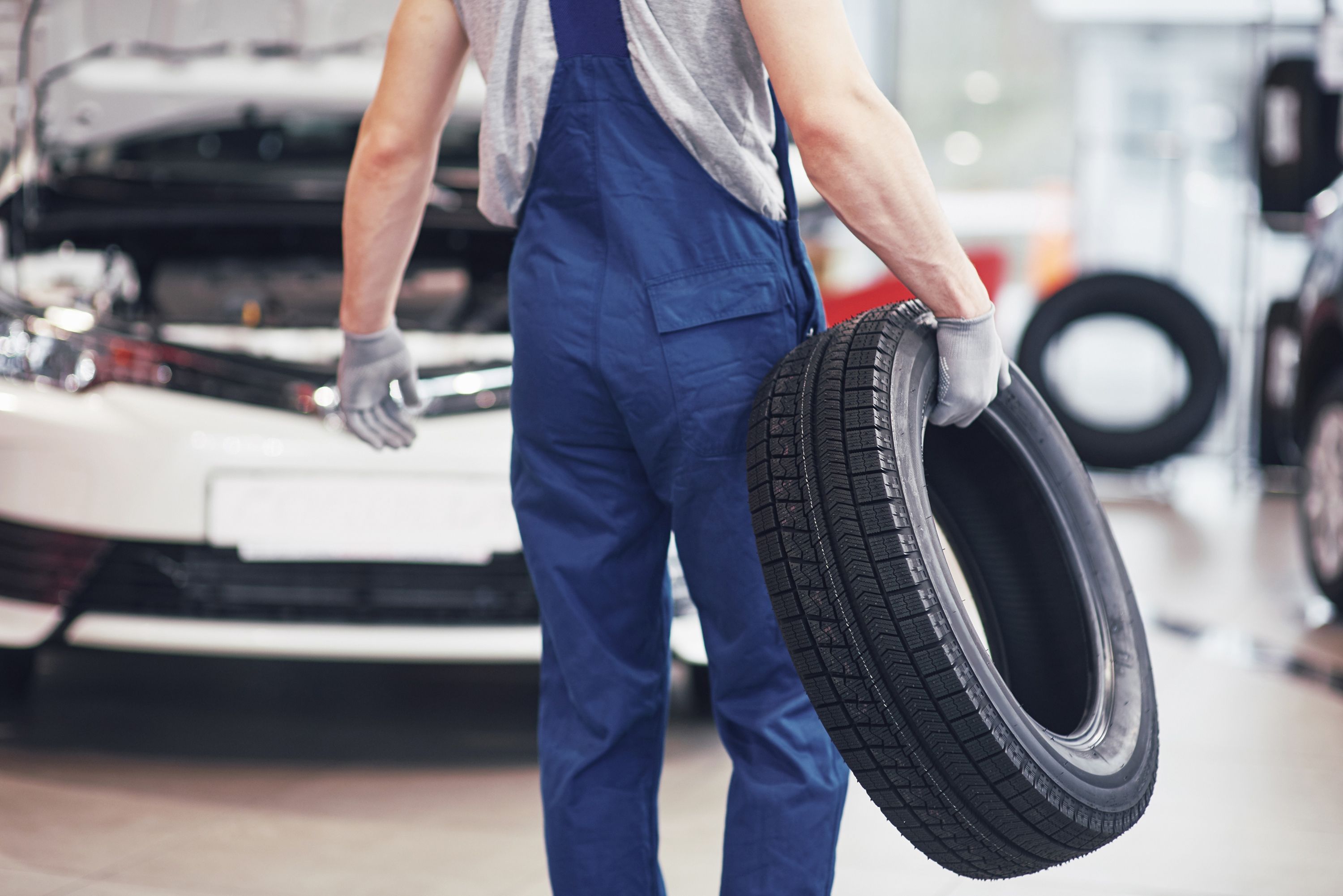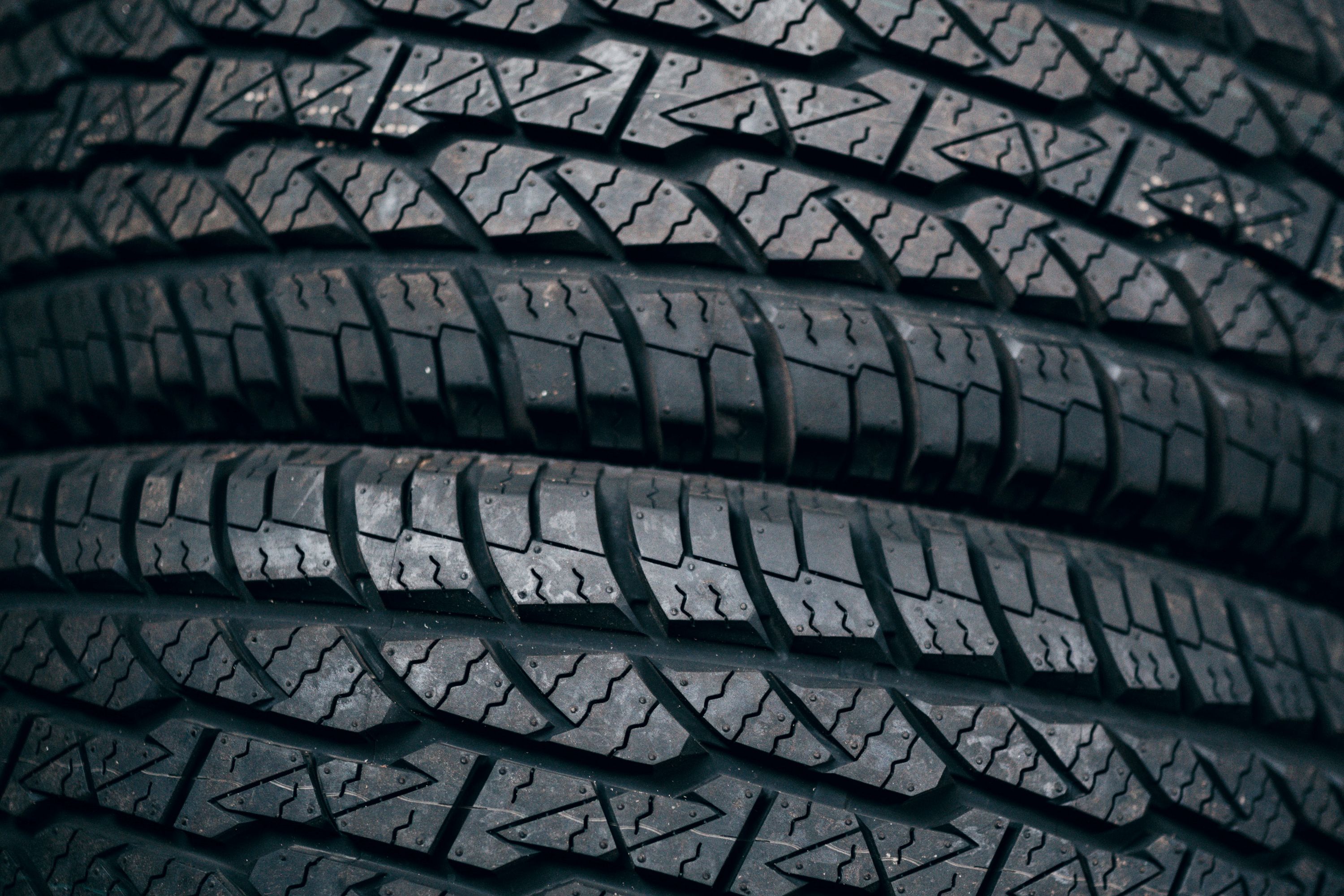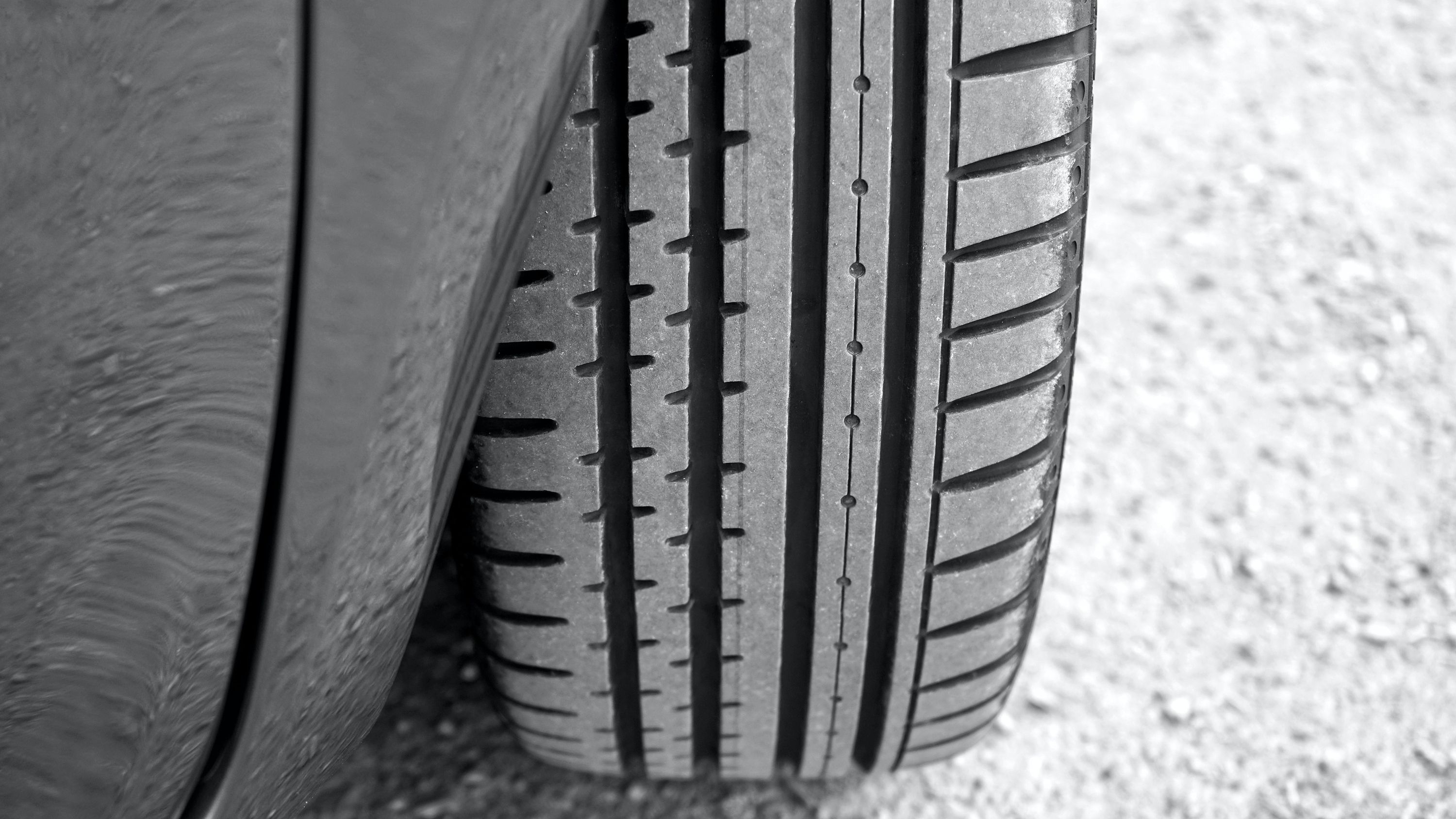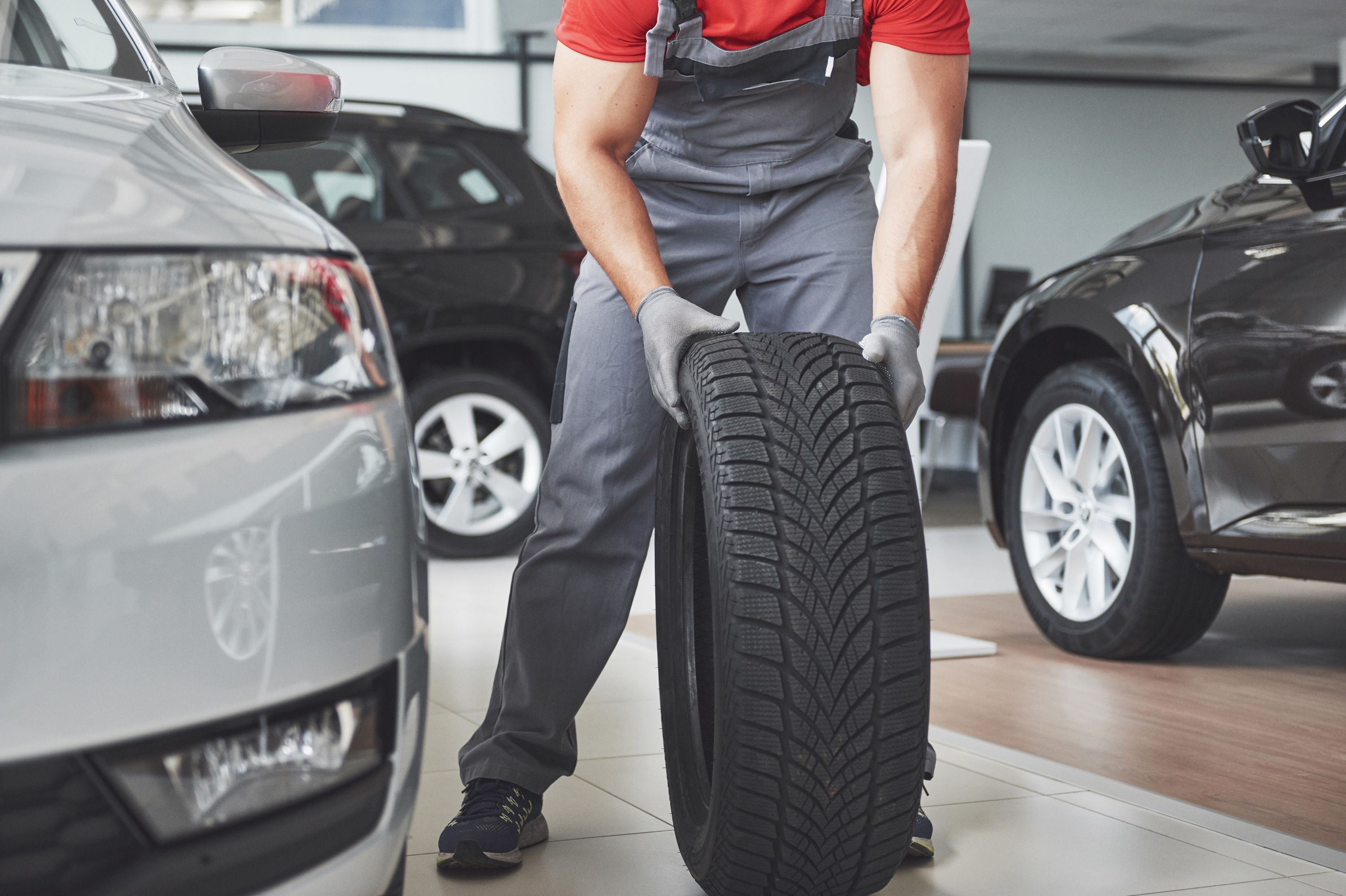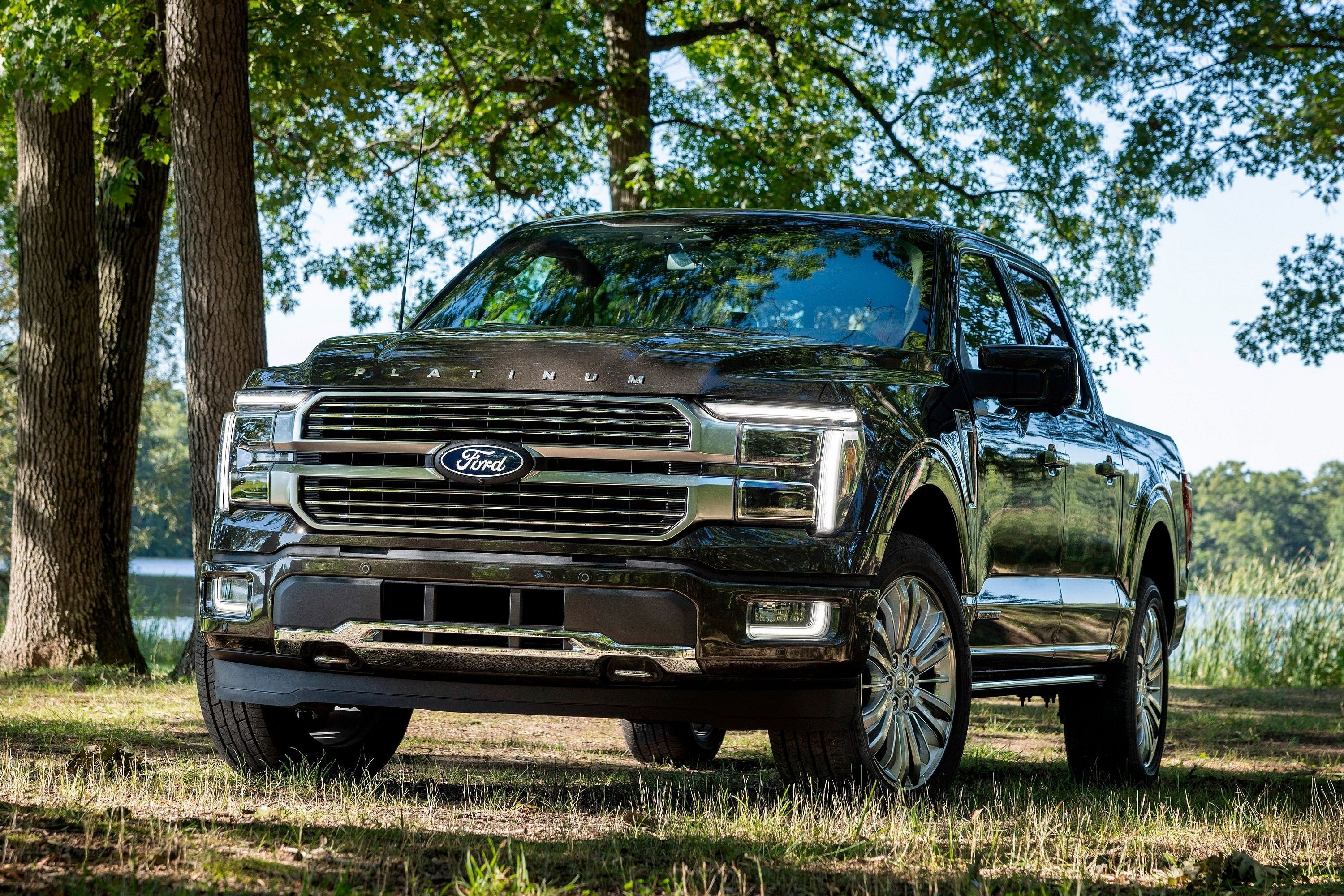
While we may feel that it is the engine that truly defines an automobile, it is actually the tire that really makes a car a viable form of transportation. Without the wheel, there would be no wagon, bicycle, or motor car. At any one time, the only thing keeping your vehicle firmly on the road is a few square inches of rubber, so you really can't afford to cut corners when it comes to maintenance and replacement. This car tire ratings guide will help you understand what kind of tires are right for your car and help you pick the best tire brands and dealers for replacing them.
The Different Types Of Tires
With so many different types of tires on the market in the USA, there is a lot more to buying tires than simply deciding whether to buy new or used. When it comes time to buy new tires, you need to decide exactly what kind of rubber you intend to wrap around your rims before you even start worrying about what tire size numbers mean or when would be the best time to buy tires. This is where it helps to know who wins in the fight between summer tires vs all-season tires, or maybe you need winter tires to deal with the cold weather. Then, of course, there are run-flat tires too. So, what's the difference?
- All-season - These are the most common tires on the road today, since they are kind of like the jack-of-all-trades of the tire world. They handle a range of hot and cold weather conditions reasonably well, though they do not specialize in either. Within this category, you can choose between high-performance or grand touring variants. The former optimizes handling and grip, but suffers in snow or icy conditions more than usual. Grand touring tires are designed for comfort and style, looking as good as other low-profile tires but not offering the same advantages. Within this sub-segment, you can find all-weather tires, which shore up the weakness of the category by offering more snow traction when you compare tires.
- Summer - This classification is specifically designed for more arid climates, though they don't have issues with wet roads, so long as it's just rain. They benefit from higher levels of handling at speed, and don't mind if you slam on the brakes. However, they lose almost all their traction when the temperature drops. Sub-segments for this classification include ultra-high performance, max performance, and extreme performance.
- Winter - As the name implies, these rubber tubes are specifically engineered to provide optimal traction on cold, wet roads that may be covered in snow or ice. If you plan to venture up north, these are practically a requirement. Naturally, this extra degree of confidence comes at a price. They wear a lot quicker than the competition when the weather warms up, meaning that they should not be left on year-round, even in colder areas. They should be swapped out depending on the weather you are expecting over the next few weeks.
The last category is more of a specialized variety of tire that could fit into any of the above categories. Run-flat tires are designed to mitigate the effects of a puncture, at least temporarily. If, for whatever reason, your tires lose air, run-flats will allow you to travel for around 50 miles, which should see you to a safe place where you can switch to your spare. A tire blowout may be preceded by low pressure, so be sure to familiarize yourself with how to check your car's tire pressure.
There are three different types of technologies used in these tires:
- Self-supporting run-flat tires are simply thicker than the average fair, with reinforced tire sidewalls. This gives them an extra degree of durability and resilience, which helps them maintain their rigidity at lower pressures.
- Self-sealing run-flat tires rely on an inner lining that self seals, as the specific tire definition suggests. When a puncture occurs, the pressure placed on the inner lining forms a temporary seal that prevents, or slows down, air loss, which your tire pressure monitoring system can detect and warn you about, avoiding a hazardous, ill-timed blowout.
- Auxiliary-supported run-flat tires are a combination technology that requires upgrades to the rim as well. In essence, the wheels and tire both feature an extra level of support that helps carry the weight of the vehicle, even with tire pressures that would normally result in damage to the rims. These are often used on armored vehicles and military transports.
Understanding Tire Specs And Ratings
A car tire is more than just a bland lump of rubber that you wrap around the rim. Each also holds a load of information that you should decode before you consider buying them. Learning how to read tire size and understand the meaning of the tire numbers will help you determine which are suitable for your vehicle. These codes include the type of tire, size, height, and width, as well as the construction of the tire.
The largest figures are the tire size guide, usually giving the width at the widest point in millimeters, followed by a slash and a figure that tells you the height. But, beyond knowing what the tire size numbers mean, there are also the letters R, D, or B, which denote the type of construction (radial tire, bias-belt, or diagonal). And the final digit in the sequence lets you know what diameter wheel the tire fits on. This may be preceded by a P (passenger), LT (light truck), T (temporary spare), Z (Z-rated), or F (run-flat) to denote the tire type.
The next large figure will usually be the weight indicator accompanied by a maximum tire speed rating. The tire letters that you'll need to know, and the mph they denote, include:
- L - 75
- M - 81
- N - 87
- P - 93
- Q - 99
- R - 106
- S - 112
- T - 118
- U - 124
- H - 130
- V - 149
- W - 168
- Y - 186
- (Y) - Anything above 186
The treadwear and traction rating will usually be clearly displayed in numeric values, while the temperature grade will also be indicated. Other information that may be displayed is whether the tires are suited for mud and snow (M + S), heavy-duty snow capabilities (a mountain peak with a snowflake symbol), and the original equipment (OE) indicator. Tires bearing the latter should be replaced with something from the same brand and model. Lastly, you should find an "ingredients list" that lets you know what the tire is made of, along with a DOT serial number. This will give you an idea of when the tire was manufactured so that you know its age. While rubber doesn't actually have a shelf life, you should still try to avoid purchasing an old tire.
How To Buy The Best Tires
There are a few big names in the game if you're looking for a quality tire, but even the best brands have worthy competition. Here are some of the top choices if you are looking to buy tires at the best prices.
All-season Tires
Some of the best all-season/all-weather tires are as follows:
- Michelin Defender LTX or Pilot Sport 4S
- Hankook Kinergy PT or GT
- Goodyear Eagle F1 A/S
Summer tires
If you're looking for the top tires to handle the heat, from both the road and your driving, these are the names you should be looking at:
- Continental Extremecontact Sport or Premium Contact 6
- Michelin Sport 4S
- Goodyear Eagle F1 Asymmetric
Winter Tires
If you need a set of tires to help you slog through the slush and ice, then you should be looking at:
- Michelin X-Ice XI3
- Dunlop Winter Maxx
- Goodyear Ultra Grip Ice WRT

